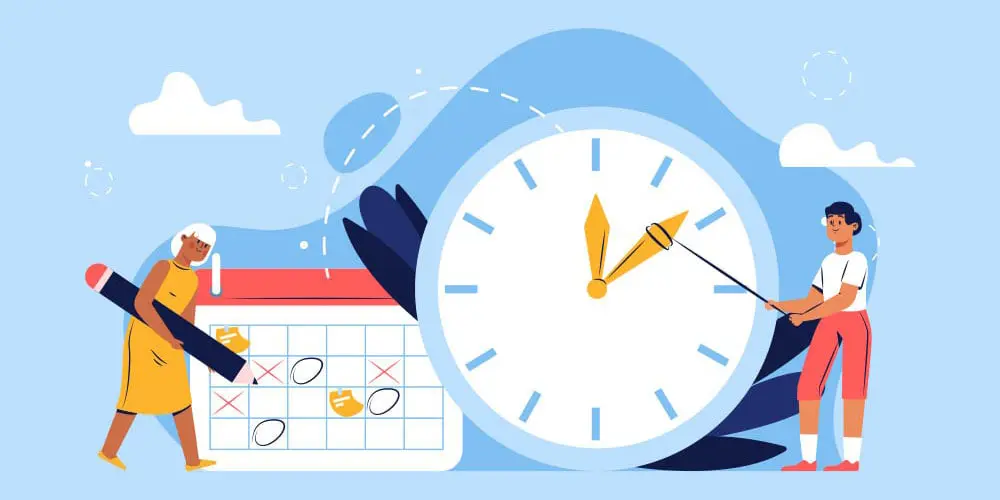
SBA 8(a) Program: How to Qualify and Apply in 2025
The U.S. Small Business Administration (SBA) administers the 8(a) Business Development Program, a robust initiative designed to support small businesses owned by socially and economically disadvantaged individuals. This nine-year program offers a pathway for these businesses to gain a foothold in federal contracting, thereby fostering growth and development.
Eligibility Criteria for the 8(a) Program
To participate in the 8(a) program, businesses must meet specific criteria:
-
Small Business Status: The enterprise must qualify as a small business according to SBA size standards, which vary by industry.
-
Disadvantaged Ownership: At least 51% of the business must be owned and controlled by U.S. citizens who are socially and economically disadvantaged. Social disadvantage refers to individuals subjected to racial or ethnic prejudice or cultural bias, while economic disadvantage pertains to those whose ability to compete has been impaired due to diminished capital and credit opportunities.
-
Personal Financial Limits: Owners must have a personal net worth of $850,000 or less, an adjusted gross income of $400,000 or less, and total assets not exceeding $6.5 million.
-
Demonstrated Potential for Success: The business should have a track record indicating potential for success, typically evidenced by at least two years of operation in its primary industry.
-
Good Character: All principals of the firm must demonstrate good character.
These criteria ensure that the program benefits those it aims to assist, promoting equitable access to federal contracting opportunities.
Benefits of 8(a) Certification
Achieving 8(a) certification confers several advantages:
-
Access to Exclusive Contracts: Certified firms can receive sole-source contracts up to $4.5 million for goods and services and $7 million for manufacturing. Additionally, they can compete for set-aside contracts reserved exclusively for 8(a) participants.
-
Business Development Assistance: Participants receive comprehensive support, including mentorship, training, and technical assistance, enhancing their competitiveness in the federal marketplace.
-
Mentor-Protégé Program: Through this initiative, 8(a) firms can partner with more experienced companies to receive guidance in business development, management, and technical areas.
-
Federal Surplus Property Access: Certified businesses may acquire surplus government property, aiding in operational expansion without significant capital expenditure.
These benefits collectively empower disadvantaged businesses to thrive in the competitive arena of federal contracting.
Application Process for the 8(a) Program
Applying for the 8(a) program involves several steps:
-
Determine Eligibility: Assess whether your business meets the SBA's eligibility criteria.
-
Register with SAM: Enroll in the System for Award Management (SAM), a prerequisite for federal contracting.
-
Prepare Documentation: Gather necessary documents, including financial statements, tax returns, and proof of ownership.
-
Submit Application: Apply through the SBA's certification portal, providing all required information and supporting documents.
-
Await Review: The SBA will evaluate your application and notify you of its decision, typically within 90 days.
A thorough and accurate application enhances the likelihood of certification, opening doors to the program's numerous benefits.
Program Duration and Phases
The 8(a) program spans nine years, divided into two phases:
-
Developmental Stage (Years 1-4): Focuses on business growth, providing intensive support to help firms establish a solid foundation in federal contracting.
-
Transitional Stage (Years 5-9): Aims to prepare businesses for success beyond the program, gradually reducing program assistance to encourage self-sufficiency.
This structured approach ensures that participants develop the necessary skills and experience to compete effectively in the open market after graduation.
Recent Updates and Considerations
As of November 15, 2023, firms that did not submit a social disadvantage narrative to re-establish eligibility were suspended from the 8(a) program. To overcome this suspension, affected firms must submit an individual social disadvantage narrative through the SBA's certification portal. It's crucial for current and prospective participants to stay informed about such updates to maintain compliance and fully benefit from the program.
Conclusion
The SBA's 8(a) Business Development Program serves as a vital resource for socially and economically disadvantaged small businesses, offering access to federal contracts, developmental assistance, and mentorship opportunities. By meeting the eligibility requirements and navigating the application process, qualified businesses can leverage this program to achieve substantial growth and long-term success in the federal marketplace.